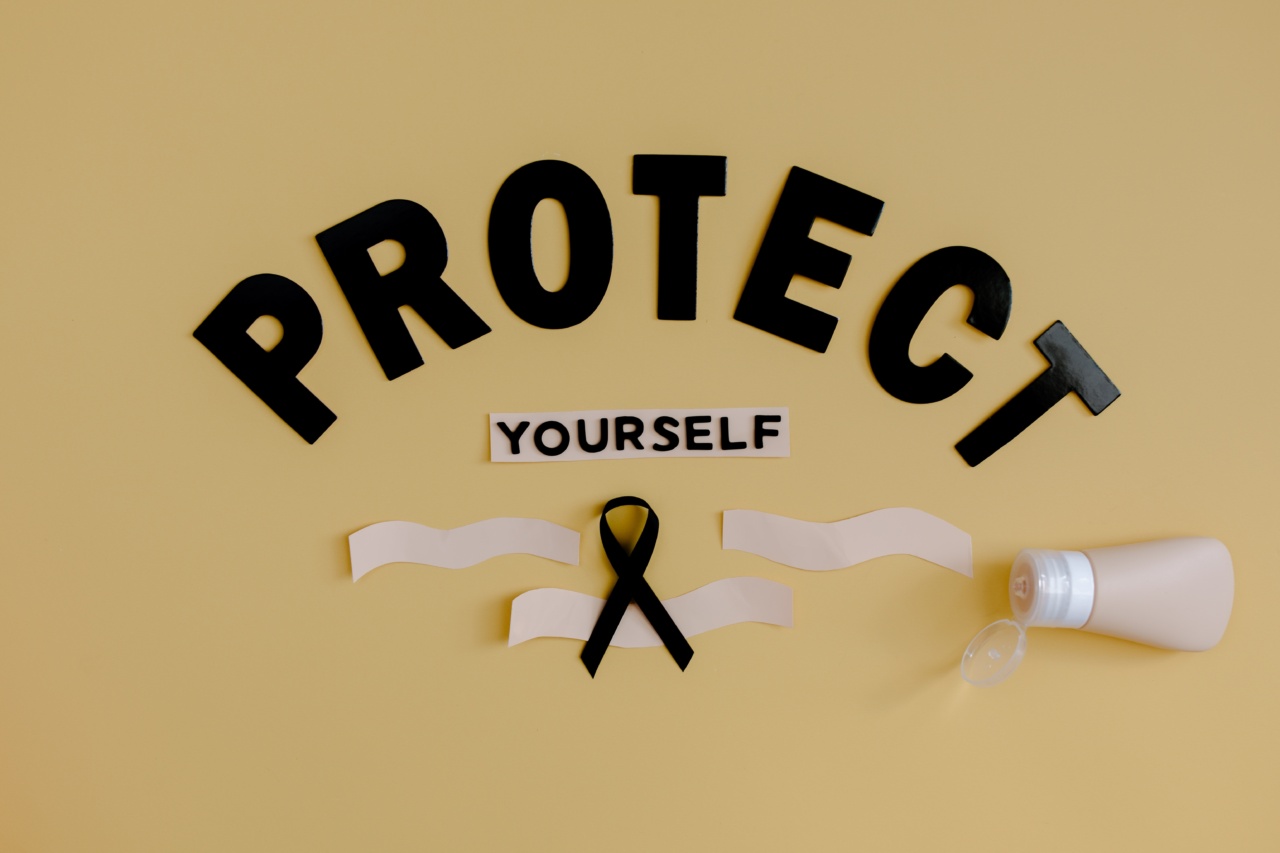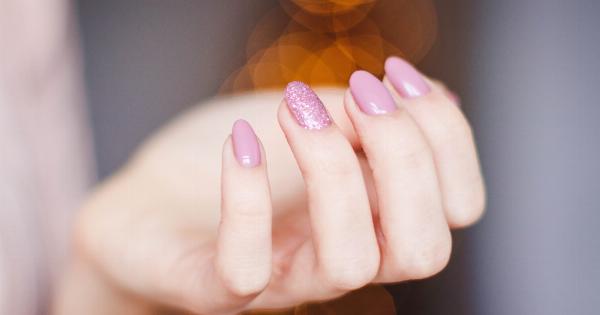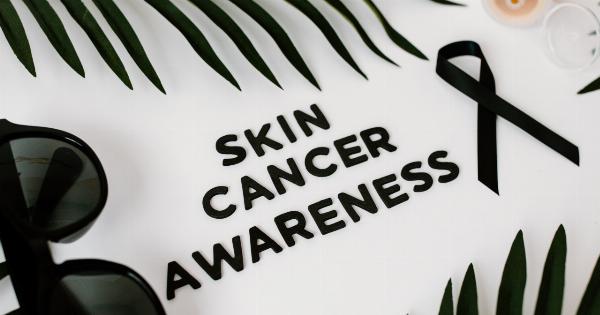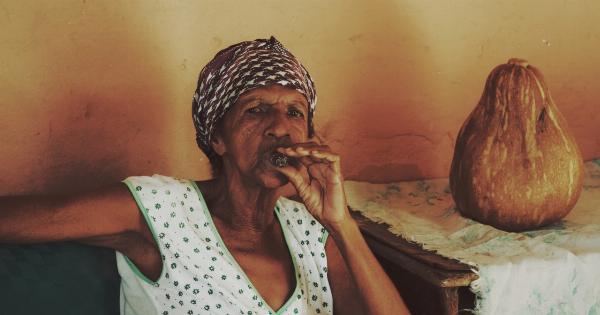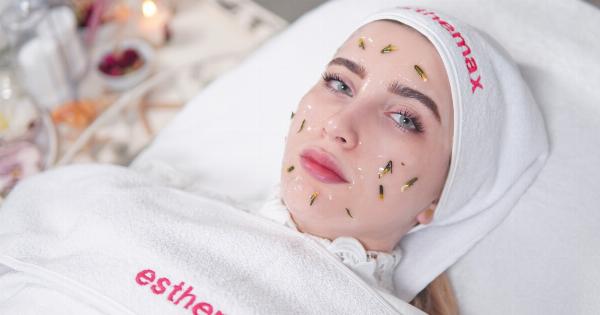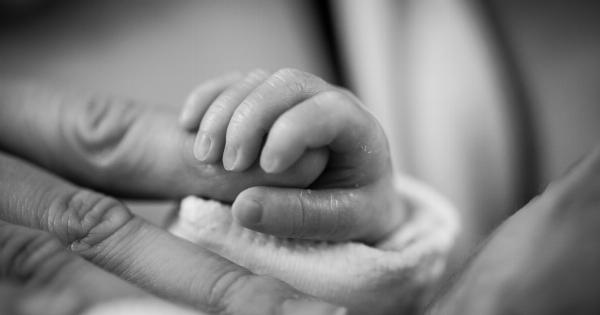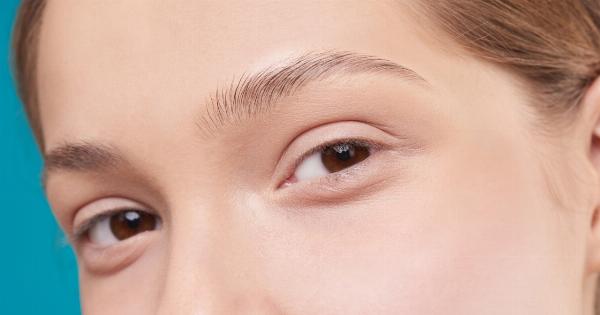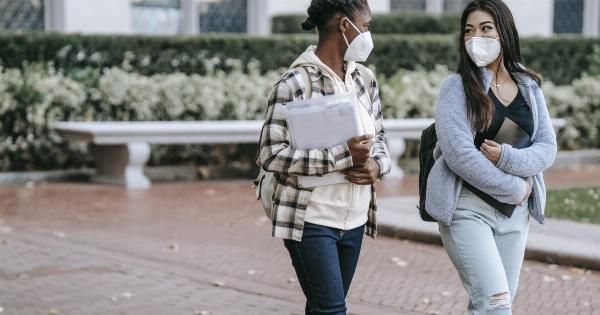When it comes to maintaining good health, one area that often gets overlooked is skin care. Your skin is the largest organ of your body and acts as a protective barrier against harmful elements in the environment.
However, without proper protection, your skin is also at risk of developing various conditions, including skin cancer.
Skin cancer is one of the most common types of cancer and can occur due to overexposure to ultraviolet (UV) radiation from the sun or tanning beds.
Fortunately, there are numerous steps you can take to reduce your risk of skin cancer and protect your skin from its harmful effects. In this article, we will discuss some essential tips for protecting your skin and minimizing your chances of developing skin cancer.
1. Limit Sun Exposure
One of the most effective ways to reduce your risk of skin cancer is to limit your sun exposure. The sun’s UV rays are strongest between 10 a.m. and 4 p.m., so it is advisable to stay in the shade during this time.
If you need to be outside, try to schedule your activities in the early morning or late afternoon when the sun is less intense.
When outdoors, it is crucial to protect your skin by wearing protective clothing, such as long-sleeved shirts, long pants, and broad-brimmed hats.
Additionally, use sunglasses that block both UVA and UVB rays to protect your eyes and the delicate skin surrounding them.
2. Wear Sunscreen
No matter the weather conditions or the length of time you plan to spend outside, it is essential to wear sunscreen daily. Look for a broad-spectrum sunscreen with a sun protection factor (SPF) of 30 or higher.
Apply the sunscreen generously to all exposed areas of your body, including your face, neck, ears, and hands.
Remember to reapply sunscreen every two hours, especially if you are swimming or sweating. Even on cloudy days, UV radiation can penetrate the clouds and damage your skin.
Therefore, make sunscreen application a part of your daily routine, regardless of the weather.
3. Seek Shade
Although it may be tempting to lounge under the sun, seek shade whenever possible. Shade provides natural protection against the sun’s harmful rays and significantly reduces your risk of sunburn and skin damage.
If you are at the beach or enjoying outdoor activities, bring an umbrella or find a shady spot under a tree or structure. Creating your shady area can make a significant difference in reducing your overall sun exposure.
4. Avoid Tanning Beds
Tanning beds emit UV radiation, which can be even more harmful than the sun’s rays. Using tanning beds increases your risk of developing skin cancer, including melanoma, the most dangerous type of skin cancer.
Avoid the use of tanning beds altogether. If you desire a sun-kissed glow, consider using a self-tanning product or getting a spray tan, which does not involve exposure to harmful UV radiation.
5. Perform Self-Examinations
Familiarize yourself with the moles, freckles, and other marks on your skin. Regularly perform self-examinations to identify any changes or abnormalities that may indicate skin cancer.
Check your skin from head to toe, paying close attention to areas that have received excessive sun exposure, such as your face, neck, shoulders, arms, and legs.
If you notice any new moles, growths, or changes in existing moles, consult a dermatologist for further evaluation.
6. Get Regular Skin Check-Ups
While self-examinations are essential, they might not always be enough to detect early signs of skin cancer. It is crucial to visit a dermatologist regularly for thorough skin check-ups.
A dermatologist can identify suspicious moles or growths that may have gone unnoticed during self-examinations. They have the expertise and tools necessary to evaluate your skin and determine if further testing or treatment is required.
7. Protect Children from Sun Damage
Children’s skin is more delicate and prone to sunburn than adult skin. It is crucial to protect children from an early age to reduce their lifetime risk of developing skin cancer.
Keep infants under six months of age out of direct sunlight, as their skin is especially sensitive. Dress them in lightweight protective clothing, use wide-brimmed hats to shade their face and neck, and apply sunscreen to any exposed areas.
For older children, teach them about sun protection and encourage them to seek shade, wear protective clothing, and apply sunscreen regularly. Set a good example by practicing these habits yourself.
8. Stay Hydrated
Proper hydration is essential for maintaining healthy skin. Drink plenty of water throughout the day to keep your skin hydrated from the inside out. Hydrated skin is less likely to become dry and damaged from sun exposure.
Additionally, using moisturizers can help trap water in your skin, preventing it from drying out. Look for moisturizers with added SPF for added sun protection.
9. Be Sun-Smart All Year
Sun protection should not be limited to the summer months or warm climates. UV radiation is present throughout the year, even on cloudy or cold days.
Make sun protection a part of your daily routine, regardless of the weather or season. This includes wearing protective clothing, applying sunscreen, seeking shade, and practicing other sun-smart habits no matter the time of year.
10. Spread Awareness
Spread awareness about the importance of sun protection and the risks associated with skin cancer. Encourage your friends, family, and colleagues to take necessary precautions to protect their skin.
Consider organizing or participating in community events focused on sun safety. Share educational resources, such as brochures or online articles, with your social networks to reach a wider audience.
Conclusion
Protecting your skin from the harmful effects of UV radiation is crucial in reducing your risk of skin cancer. By following the tips mentioned above, you can minimize sun damage and maintain healthy skin throughout your life.
Remember, prevention is the most effective strategy when it comes to skin cancer. By taking proper precautions and being mindful of sun safety, you can enjoy the outdoors while keeping your skin protected.
